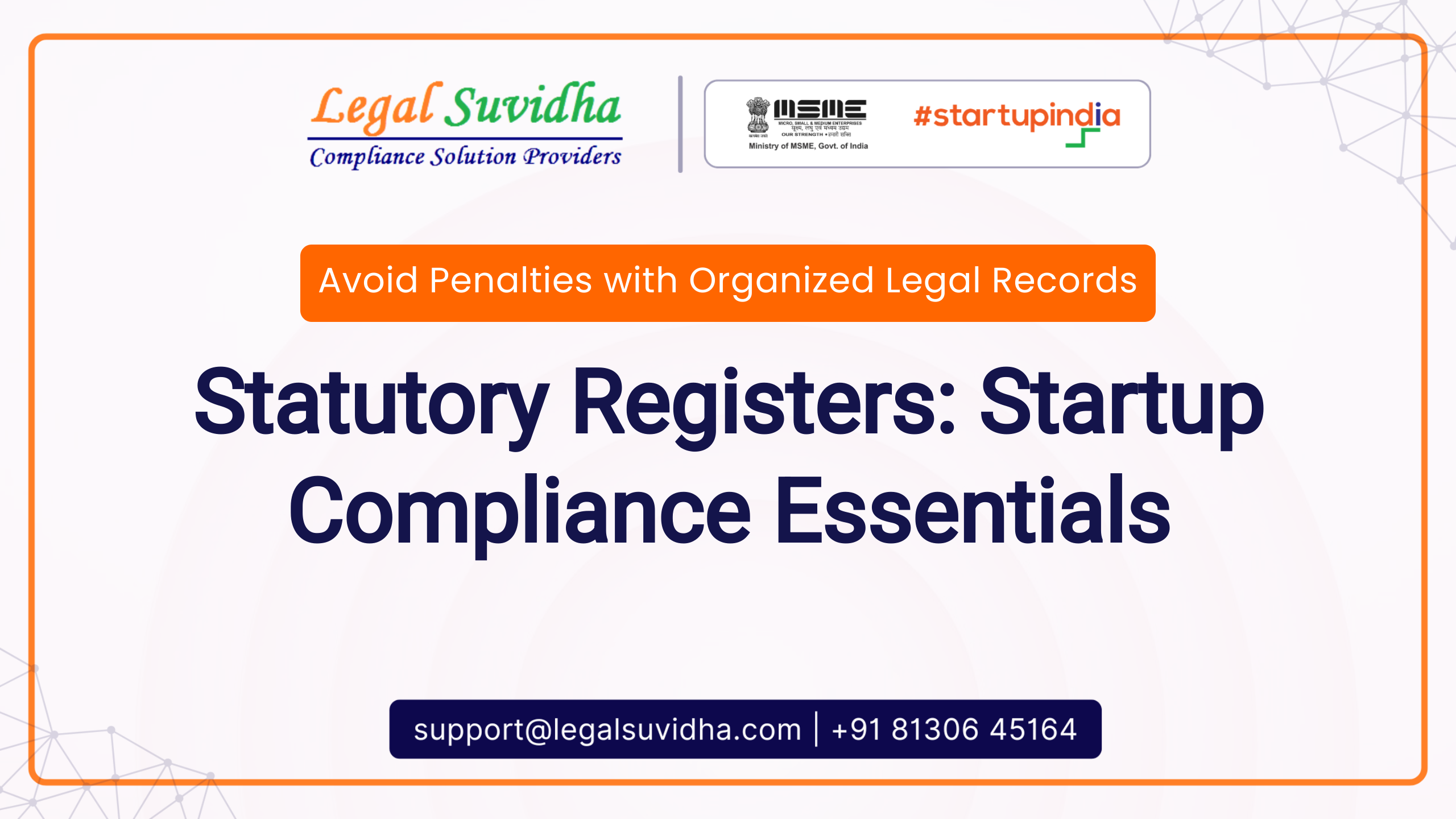The primary objective of International Accounting Standard (IAS) 7 is to mandate the disclosure of historical alterations in an entity’s cash and cash equivalents through the issuance of a statement of cash flows. This statement categorizes cash flows over a given period into operating, investing, and financing activities.
- A foundational principle embedded in IAS 7 dictates that all entities adhering to International Financial Reporting Standards (IFRSs) must present a statement of cash flows as part of their financial statements (IAS 7.1).
- The statement of cash flows serves as an analytical tool for tracking variations in cash and cash equivalents during a specified period.
- Cash and cash equivalents encompass physical currency, demand deposits, and short-term, highly liquid investments that can be readily converted into a specific amount of cash with minimal risk of value fluctuations.
- According to guidance notes, an investment is typically deemed a cash equivalent if it matures within three months of its acquisition date.
- Equity investments usually fall outside this category, except when they essentially function as cash equivalents, such as preferred shares acquired within three months of their designated redemption date.
- Notably, bank overdrafts that are repayable on demand and are integral to an entity’s cash management are also accounted for as components of cash and cash equivalents (IAS 7.7-8).
The presentation of the Statement of Cash Flows entails the segregation of cash flows into operating, investing, and financing activities (IAS 7.10). IAS 7 outlines key principles governing the preparation of this statement, which are as follows:
- Operating Activities: These represent the primary revenue-generating endeavors of an entity that fall outside the scope of investing or financing activities. Operating cash flows comprise both cash received from customers and cash disbursed to suppliers and employees (IAS 7.14).
- Investing Activities: This category involves the acquisition and disposal of long-term assets and other investments that do not qualify as cash equivalents (IAS 7.6).
- Financing Activities: These activities encompass alterations to an entity’s equity capital and borrowing structure (IAS 7.6).
- Additionally, interest and dividends received and paid can be classified as operating, investing, or financing cash flows, as long as they maintain consistent classification across reporting periods (IAS 7.31).
- Cash flows resulting from income taxes are typically categorized as operating unless they can be directly associated with financing or investing activities (IAS 7.35).
- While the direct method of presentation is recommended for operating cash flows, the indirect method is also deemed acceptable (IAS 7.18).
The direct method involves the explicit presentation of major categories of gross cash receipts and payments. An illustrative representation of the operating cash flows section under the direct method might resemble the following:
| Description | Amount |
|---|---|
| Cash receipts from customers | xx,xxx |
| Cash paid to suppliers | xx,xxx |
| Cash paid to employees | xx,xxx |
| Cash paid for other operating expenses | xx,xxx |
| Interest paid | xx,xxx |
| Income taxes paid | xx,xxx |
| Net cash from operating activities | xx,xxx |
The indirect method adjusts accrual basis net profit or loss for the effects of non-cash transactions. The operating cash flows section of the statement of cash flows under the indirect method would appear something like this:
| Item | Amount |
|---|---|
| Profit before interest and income taxes | xx,xxx |
| Add back depreciation | xx,xxx |
| Add back impairment of assets | xx,xxx |
| Increase in receivables | xx,xxx |
| Decrease in inventories | xx,xxx |
| Increase in trade payables | xx,xxx |
| Interest expense | xx,xxx |
| Less Interest accrued but not yet paid | xx,xxx |
| Interest paid | xx,xxx |
| Income taxes paid | xx,xxx |
| Net cash from operating activities | xx,xxx |
Exchange Rate for Transaction Translation:
- Transactions in foreign currencies are translated using the exchange rate at cash flow date [IAS 7.25].
- Cash flows from foreign subsidiaries translated using rates at cash flow occurrence [IAS 7.26].
Cash Flows of Associates, Joint Ventures, and Subsidiaries:
- Equity/cost method: Cash flows report between investor and investee [IAS 7.37].
- Proportionate consolidation: The statement includes the venturer’s share of investee cash flows [IAS 7.37].
Aggregate Cash Flows for Acquisitions and Disposals:
- Presented separately and classified as investing activities [IAS 7.39].
- Additional disclosures are required [IAS 7.39].
- Consideration reported net of cash and cash equivalents changes [IAS 7.42].
Detailed Cash Flow Reporting:
- Cash flows from investing/financing are reported by major categories [IAS 7.22-24].
- Exceptions for certain cases are reported on a net basis [IAS 7.22-24].
Excluded Transactions:
- Non-cash investing/financing excluded from cash flow statement [IAS 7.43].
- Still disclosed in financial statements [IAS 7.43].
Liabilities and Financing Activities:
- Disclosures for changes in liabilities from financing activities [IAS 7.44A-44E].
- Supplier finance arrangements’ effects on liabilities, cash flows disclosed [IAS 7.44F].
Cash and Cash Equivalents:
- Components disclosed, reconciliation with the financial position [IAS 7.45].
- Unavailable cash for the group was disclosed with management commentary [IAS 7.48].
If You have any queries then connect with us at [email protected] or [email protected] & contact us & stay updated with our latest blogs & articles








